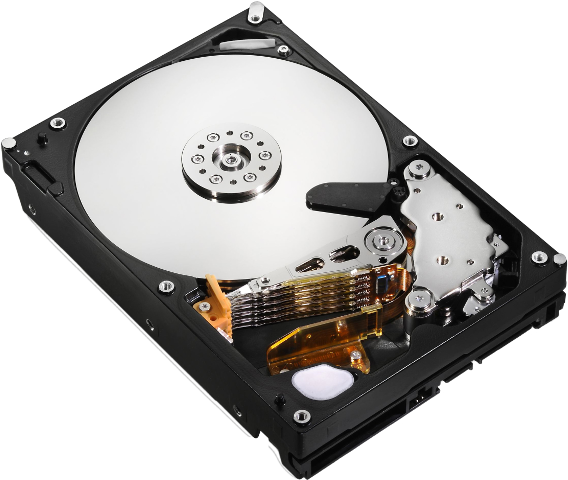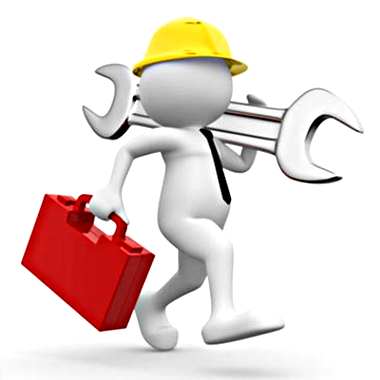Maintenance Plans & Services

The right maintenance plan can save your business both cost and downtime, thereby improving efficiency and allowing you to keep your operations running smoothly.
Reliance on computer systems' proper function means that when a machine comes offline, it can lead to expensive repair costs, slowdown or even standstill in operations and needless to say, frustrations, loss of productivity and potential loss of income.
This means there needs to be an effective maintenance program in place to ensure that machines are running at their best. However, not all programs are equally effective. Each maintenance program needs to balance the cost of the plan itself, and the expense of keeping the machines functioning. Two of the most common maintenance strategies we employ are Reactive Maintenance and Preventative/Proactive Maintenance.
Proactive Hardware Maintenance
The purpose of proactive IT maintenance is to minimize downtime, ensuring the network continues to function at an optimal level and guarantee consistent performance. The same way that a car performs better when you give it regular oil changes and tune-ups, so too will an IT system perform best when you conduct regular maintenance.
Just like a mechanic’s inspection can alert you to any impending problems you might encounter with your vehicle, proactive IT maintenance can warn you of any immediate issues with your network, systems, or infrastructure.
What does proactive maintenance entail?
Proactive IT maintenance is all about the scheduled and real-time monitoring, assessment, and management of network resources, software and hardware performance, and user practices. Before proactive maintenance can be performed, it’s necessary to identify your business’ key hardware and services so that the right equipment and programs can be monitored and managed.

These can include:
- Computers and networks
- Physical, virtual, and hosted servers
- Network devices
- Websites and backup systems
- Email systems and applications
Prevent crashes and minimizing downtime
The real-time monitoring of your systems and hardware that comes with proactive maintenance means outages and breakdowns can often be prevented, and when they aren’t prevented they can at least be located and identified as soon as they occur.
When outages do happen, they can be rectified sooner because you’re on top of the problem as soon as it arises.
Being prepared for disruptions can help you mitigate the effects of technological downtime, and can also help prevent the loss of productivity and revenue that occurs as a result.
Ensuring your systems perform optimally
To return to the car metaphor once again - imagine you were driving around in a vehicle that had an old, worn out radiator. The car would overheat, you'd have to stop all the time to allow the engine to cool down, you wouldn’t be able to drive very fast, and you wouldn’t be able to drive safely for long distances.
Proactive IT maintenance would be the equivalent of replacing your radiator before it broke down, thereby allowing you to work faster, better, and more efficiently. How does it do this? By ensuring your software and hardware are always up to date, making sure your systems are compatible with current standards, keeping an eye on capacity and workloads, and providing alerts when there are resource errors.
Regular and proactive IT maintenance may seem like an unnecessary expense for your business, but actively monitoring, assessing, and managing your infrastructure and software has innumerable benefits. For one, it will alert you to impending outages that could lead to unnecessary downtime, can warn you of possible problems before they arise, and will keep things running smoothly and securely by ensuring your systems are running the most updated program versions.
Do your business technologies require a little proactive maintenance? The answer is yes, obviously. The real question is whether your business technologies are receiving any proactive maintenance. If they’re not, we can help you maintain the devices, and technologies your business needs to operate and communicate effectively.




